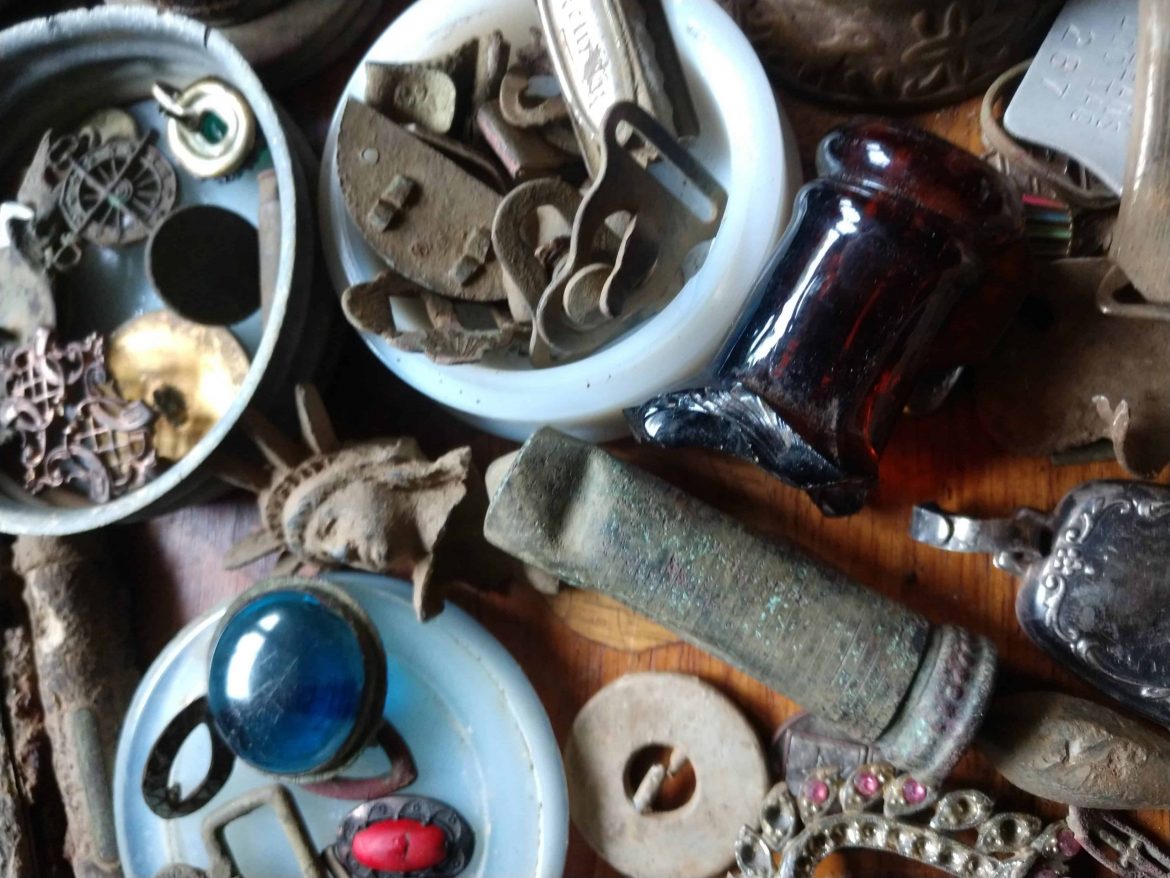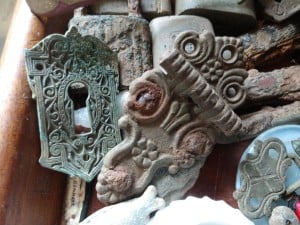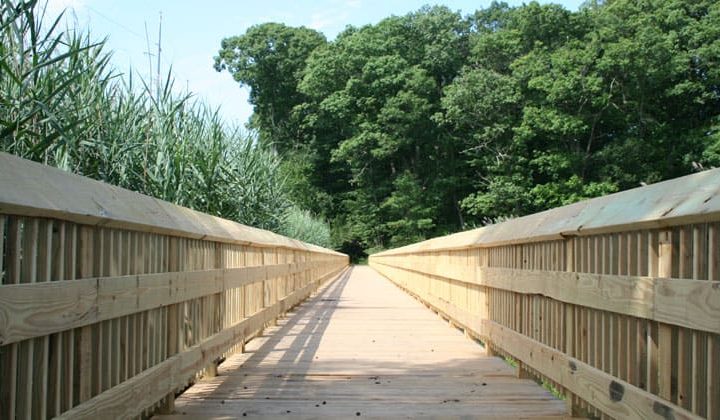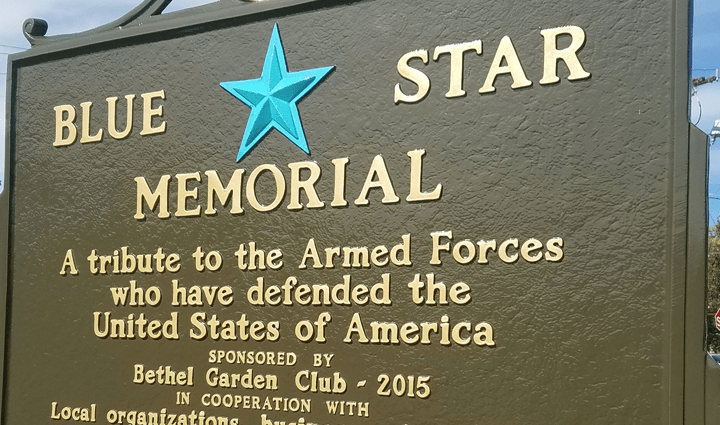
Forgotten Treasure
Since time immemorial, people have been losing objects accidently, or even purposefully (if they’re hiding what they value.) So since the first things were lost or buried, there have been people looking for those lost treasures. Milford’s long and storied history lends itself to being a treasure trove!
It is not uncommon to see someone with their metal detector at any Milford beach. It’s a good spot to search for what others may have lost as they juggle their beach bags and umbrellas. One local treasure hunter began as a boy. “My father got me into it. When I was around eleven my dad got a metal detector,” says Brian Young. “It was fun spending time with my dad…not so much about the value of things we found, but more about curiosity of what could be there.”
For a number of years, Young put metal detecting on the back burner between work, marriage, and a lovely daughter. There was little time for prospecting. Finally, he decided, “I remembered the fun I had as a kid and dusted off my metal detector. I was thinking my daughter might get a kick out of it. Turns out she like the worms more than any objects we found.”
After about a year and a half back on the hunt, Young has detected many items…and some treasure. “The first good thing I found was the King George III coin. It was an interesting relic,” he says. “The British coin was minted in 1744; pre-Revolutionary war. A large one cent piece.”
The rarest find? “A coin from The Fugio Set. It was the first coin authorized by the U.S. government in 1778. It was only minted for two years,” Young says. “Finding items is great, but some of the most interesting part is figuring out what you’ve found.”
As Young explains it, “Metal detectors find objects by emitting an electro-magnetic field. I have mid-range equipment and it finds plenty. More advanced detectors are more sensitive and can more easily locate smaller or more deeply buried objects.” Part of the drill, he says, is making sure you can reach the object detected. “Bring a shovel, hand digger, a dump pouch (fancy garbage bag), toothbrush, and some water. A pin pointer (a small metal detector) is helpful as well.”
And, he says, you don’t have to dig deep to uncover items. “I find most things within around 10 inches down. Sometimes you can uncover a group of items. The sheer amount of spoons (around 40) and a few forks I found in a 100-square foot patch was sort of odd. Was there a party there? Did they fall off a wagon? There’s no way to know.” After all, he reminds us, “people have been losing items since the first settlers arrived.”
“One of the cool things about silver and gold is it lasts forever,” Young says. “When found, it’s just like it was when it was lost. Newer coins deteriorate.” His most valuable find falls into the coin category. A two-and-a-half dollar gold coin from 1915. “Today it is worth around $250,” he says. “It was also the most surprising thing I’ve found.”
So what’s the best place to start detecting? That depends says Young. “It’s about the area—sometimes you never find anything. Some places get hunted out.” The beach may be searched frequently but it is also frequented. There will always be new objects to discover. Storms can shift sands, revealing items lost long ago. Just about anywhere in town someone has dropped or buried something over the centuries.
And not every item is priceless. “The goofy dog ring isn’t a lost treasure but that’s fun too. A lucky strike is finding a marble along with a target—although it seldom happens.”
As Young says, it’s really not all about the treasure—it’s the thrill of the hunt. “My best days are when I can tune out the world, turn off my brain, and discover things. The best part about it is all the garbage…I mean gold…that you find.”





